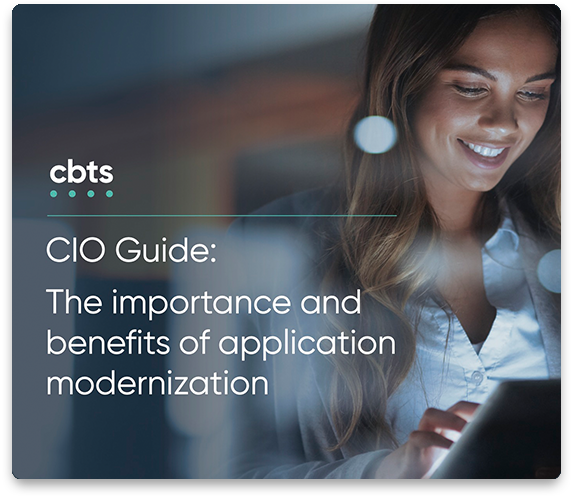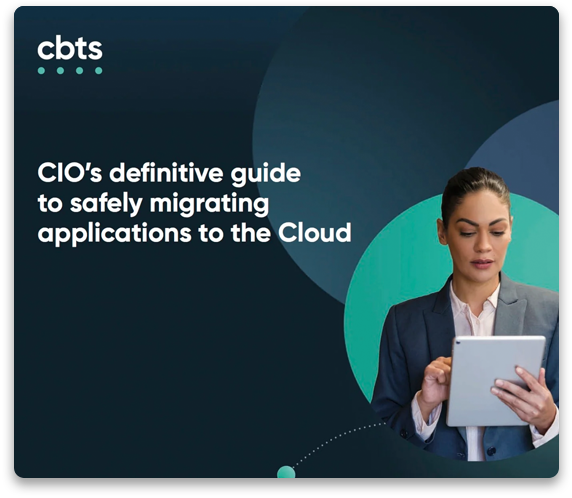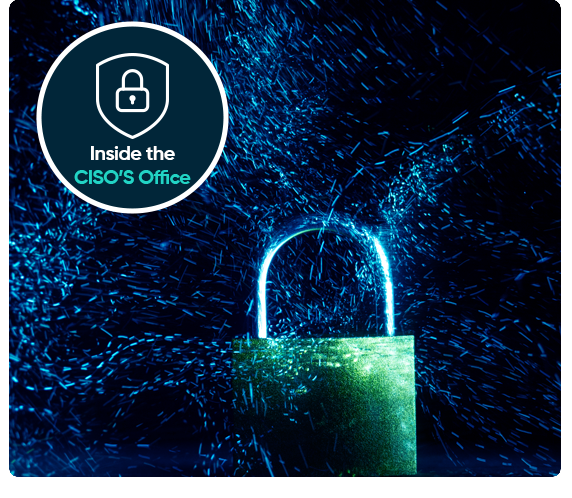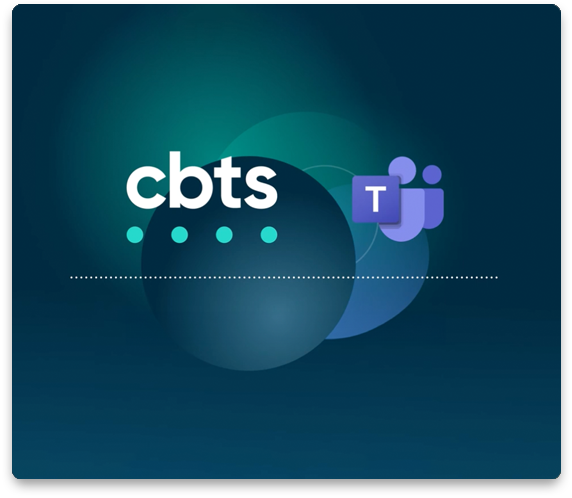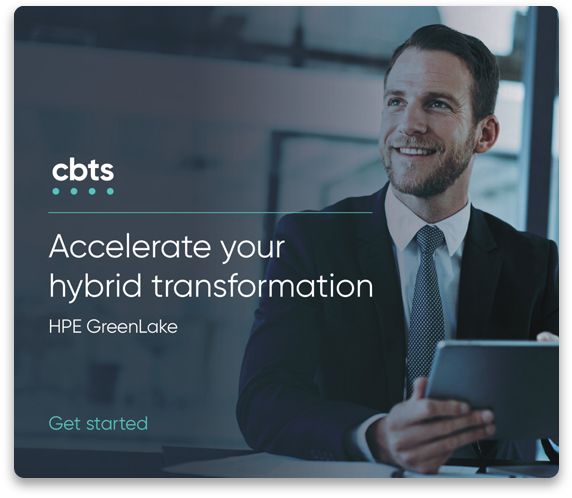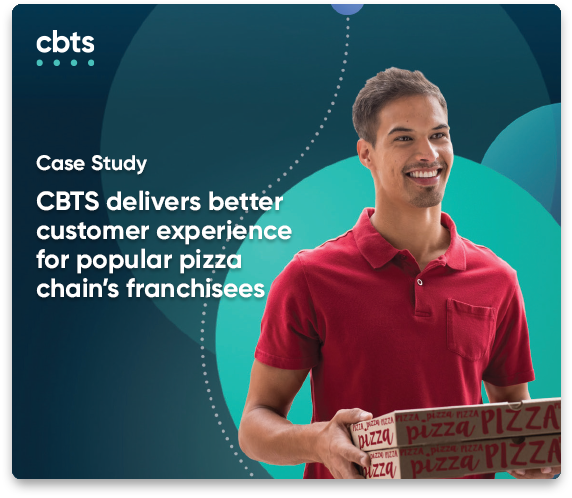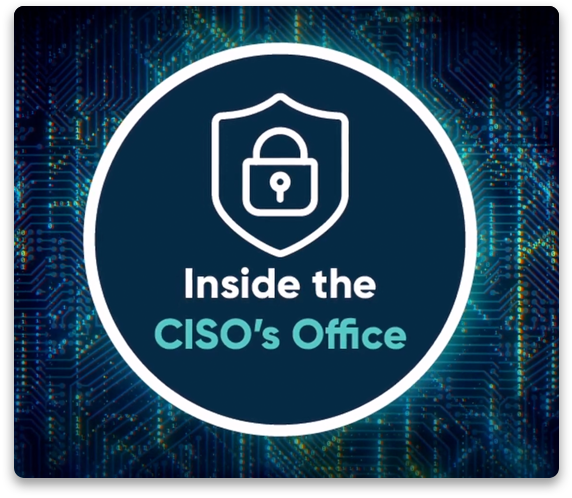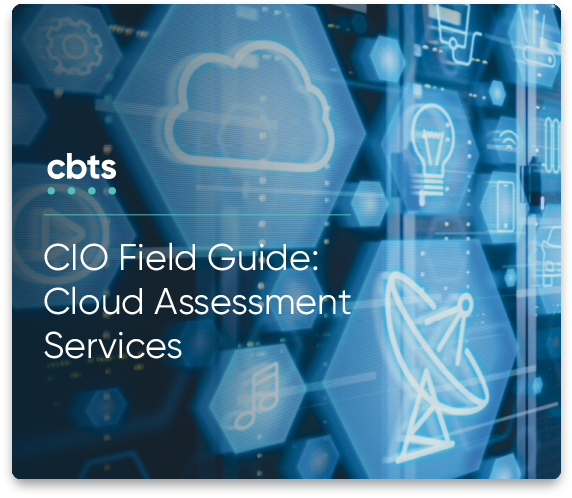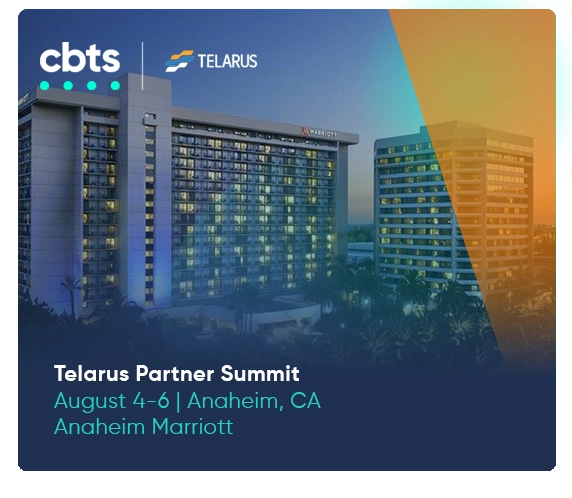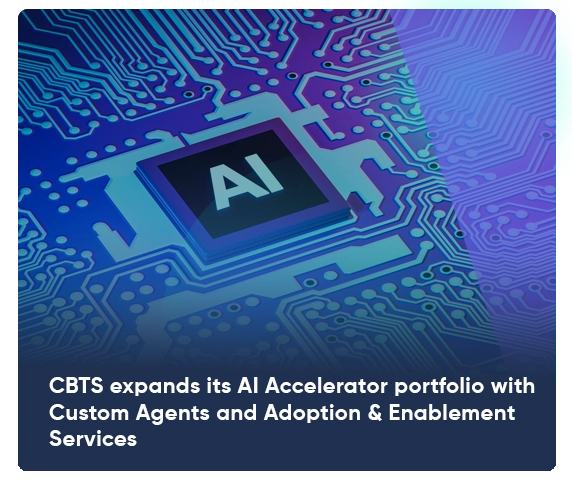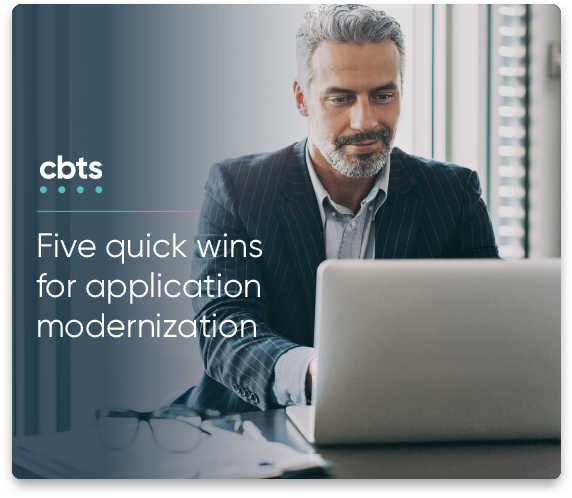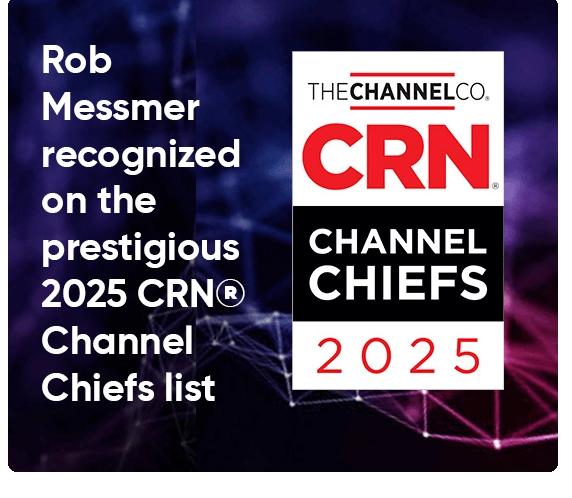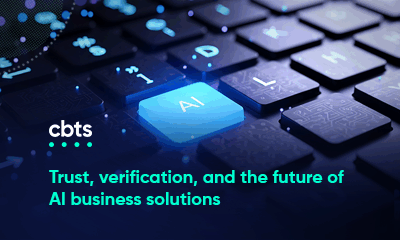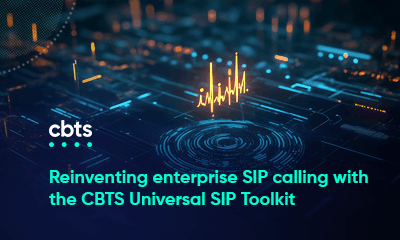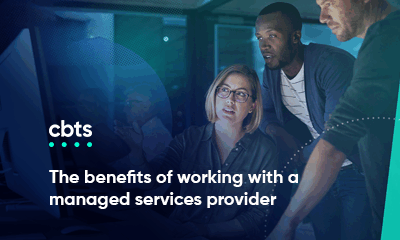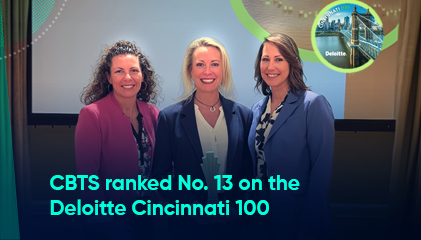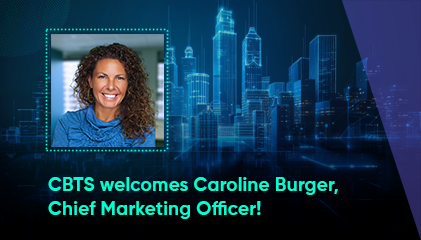
Not every organization can simply discard legacy technology essential to their operations when it is time to adopt emerging technology. Organizations are increasingly aware of balancing stability with innovation to remain competitive. Legacy systems provide stability but can also hinder innovation and growth. For example, at least 70% of healthcare providers still rely on fax machines due to compliance and cost concerns around secure e-mail systems.
AI adoption further drives the necessity of modernization, as LLMs are often incompatible with legacy infrastructure. However, organizations that can bridge the technology gap between legacy and generative AI can leverage their existing data and infrastructure in new and innovative ways. Legacy systems often contain large amounts of historical data that can be used to train AI models.
AI adoption is an ongoing process requiring organizations to assess their needs and capabilities continuously. When adopting a hybrid cloud model, businesses gain numerous advantages by leveraging the power of AI while maintaining the stability of their existing infrastructure.
The challenges legacy systems pose to innovation
Despite the stability that legacy systems provide, they also present numerous hurdles to growth
- Integration complexities: Difficulties arise when integrating outdated systems with modern technologies due to compatibility issues.
- Resource constraints: Organizations struggle to find staff with legacy and modern technology expertise.
- Technical debt: Maintaining outdated systems is costly and hinders adaptability.
- Security vulnerabilities: Outdated systems can have security flaws that are difficult to patch.
- Compliance issues: Legacy systems may not comply with current regulations.
- Limited scalability: Legacy systems often cannot handle increasing data and user demands.
- Vendor lock-in: Dependence on a single vendor for support can limit flexibility and increase costs.
- Innovation barriers: Legacy systems can hinder the adoption of new technologies and business models.
Advantages of hybrid cloud architecture in modernization efforts
Cloud migration offers a strategic pathway for organizations seeking to integrate AI capabilities without undergoing a complete system overhaul. Establishing a hybrid architecture, where specific systems remain on-premises while others reside in the Cloud, allows for a nuanced and adaptable approach to AI adoption with many distinct advantages.
This architecture facilitates a gradual transition, enabling organizations to harness the transformative power of AI while strategically managing potential disruptions and mitigating risks associated with a full-scale migration. Businesses can optimize their infrastructure investments through this measured approach, maintain critical on-premises functionalities, and strategically leverage cloud-based AI capabilities to drive innovation and enhance operational agility.
Once crucial aspects of your environment have migrated to a hybrid cloud, your organization begins to realize the advantages:
- Scalability: Dynamic scaling of key operations through containerization and orchestration.
- Resilience: Distributed and redundant architecture minimizes downtime.
- Cost efficiency: The pay-as-you-go model aligns costs with usage and often generates savings.
- Innovation enablement: Microservices enable rapid development and experimentation.
Learn more: Understanding hybrid IT and hybrid cloud infrastructure
Approaches to hybridization
Modernizing infrastructure and operations involves numerous aspects, not only technological but also cultural and organizational. Emerging technologies are unlikely to see the substantial advantages of hybrid cloud deployment without employee training and support services.
At CBTS, we recommend a phased approach to modernization of any kind, but especially with AI adoption and migrating legacy technology to the Cloud. Each process will be slightly different based on where an organization is in the digital transformation journey, but generally, the phases will look something like this:
- Assessment and alignment: This phase involves taking stock of the enterprise technology “real estate” to determine where modernization will make the most significant impact and ROI. Additionally, stakeholders should align with company objectives for modernization. Once alignment is achieved, leadership should drive organizational/cultural changes from the top down.
- Choose technology partners: Working with the right technology providers is essential. An experienced implementation partner can shorten timelines and help you achieve the advantages of hybrid cloud architecture. With a partner like CBTS, you get the best of both worlds: an experienced professional or managed services implementor with connections to industry-leading hardware, software, and cloud providers.
- Plan migration strategy: Each migration path has its advantages and disadvantages. The five application migration strategies are rehosting, refactoring, replatforming, rebuilding, and retiring.
- Pilot/proof of concept: Initiating a pilot migration helps confirm the viability of the chosen methodology and tools. POCs are a risk mitigation tool that builds alignment among employees and stakeholders. At this phase, it is essential to implement a feedback mechanism to collect information and use it to adjust strategies and resolve unexpected issues.
- Migration: Once you select an appropriate migration strategy (or combination of techniques) and have successfully navigated the pilot, it is time for the migration. Keep security, compliance, and governance in mind during migration to avoid building vulnerabilities in the environment or even facing regulatory fines down the road. Phase and structure the migration to minimize downtime and institute proper backup procedures. You should employ automated tools to both speed up and monitor the migration process.
- Post-migration: Post-migration steps include thorough performance validation testing to ensure the migrated system meets performance benchmarks. Creating detailed documentation will facilitate future maintenance and upgrades. Procedures should be established for continuous improvement, allowing for ongoing updates and enhancements to the cloud-native architecture. Your technology provider should offer ongoing support to ensure you get the most out of your updated environment.
Driving innovation while maintaining legacy systems
Each organization must balance the necessity for growth with a responsible approach that keeps operations stable. But without an experienced partner, the process can quickly get out of hand.
CBTS takes a personalized approach to support your business’s digital transformation journey. Our expert IT solutions help you realize the many advantages of hybrid cloud infrastructure and AI integration, enhancing your technology and achieving your business goals. We offer comprehensive solutions for integrating AI into organizational workflows, ensuring a seamless transition from legacy systems to innovative AI technologies, thus enhancing operational efficiency and driving growth.
Contact us today to learn how we can help your business prioritize growth and maximize your AI investment.

